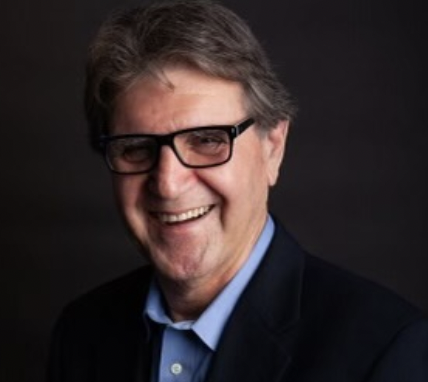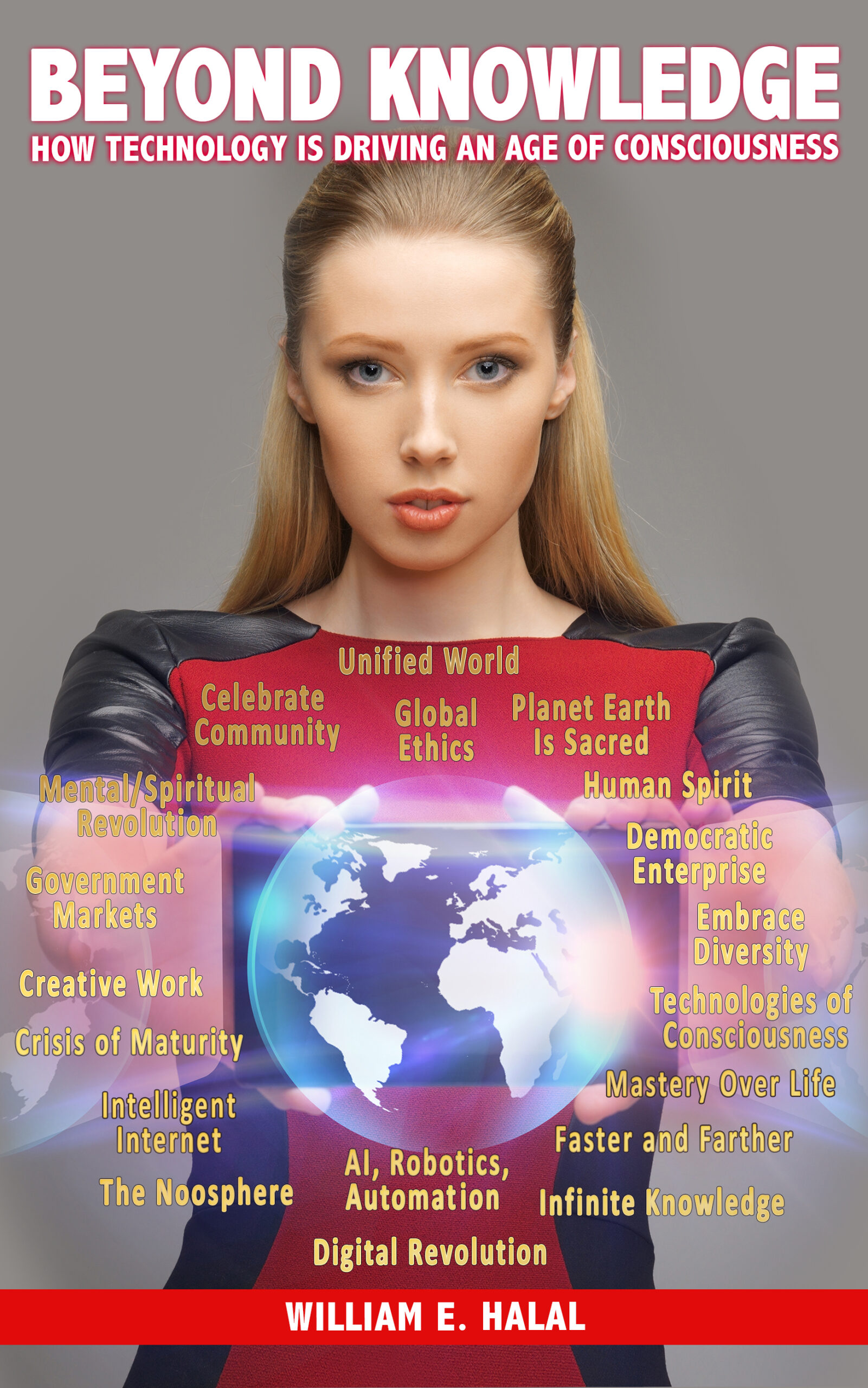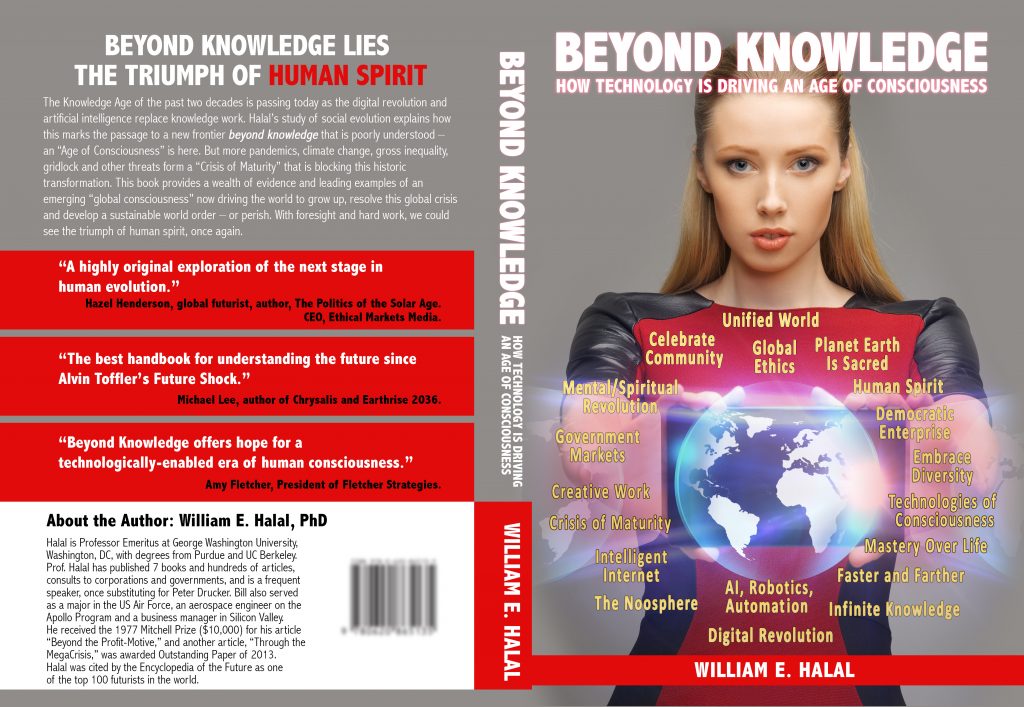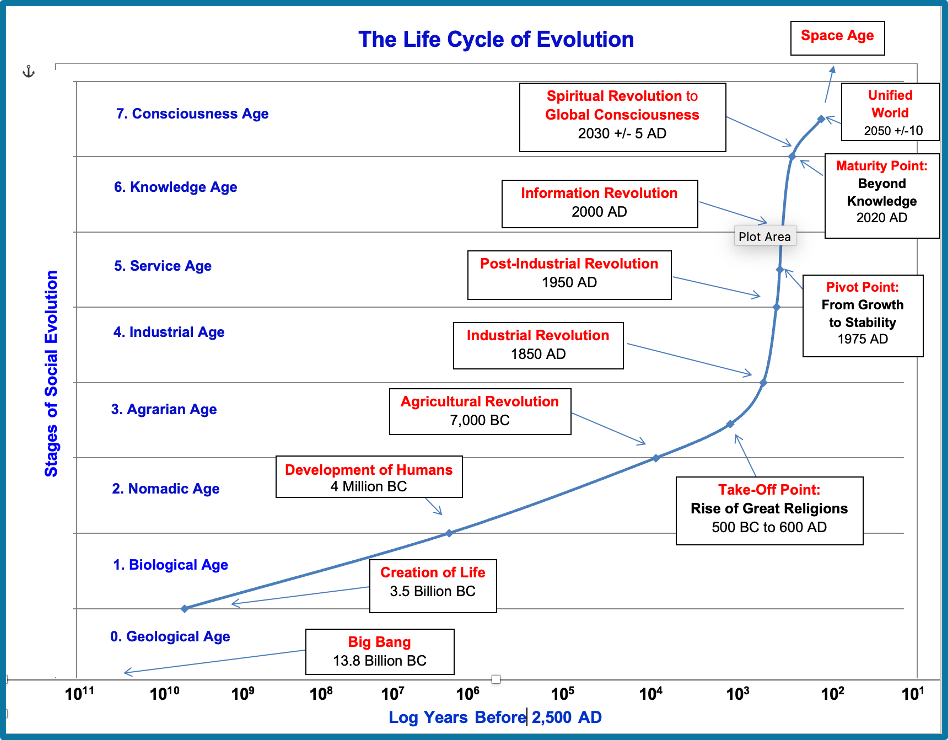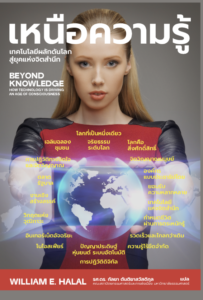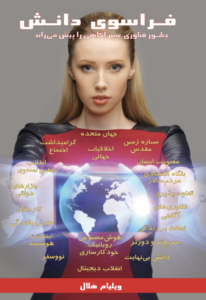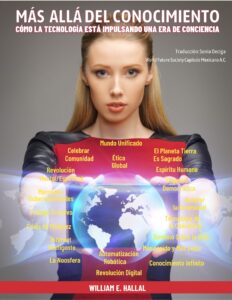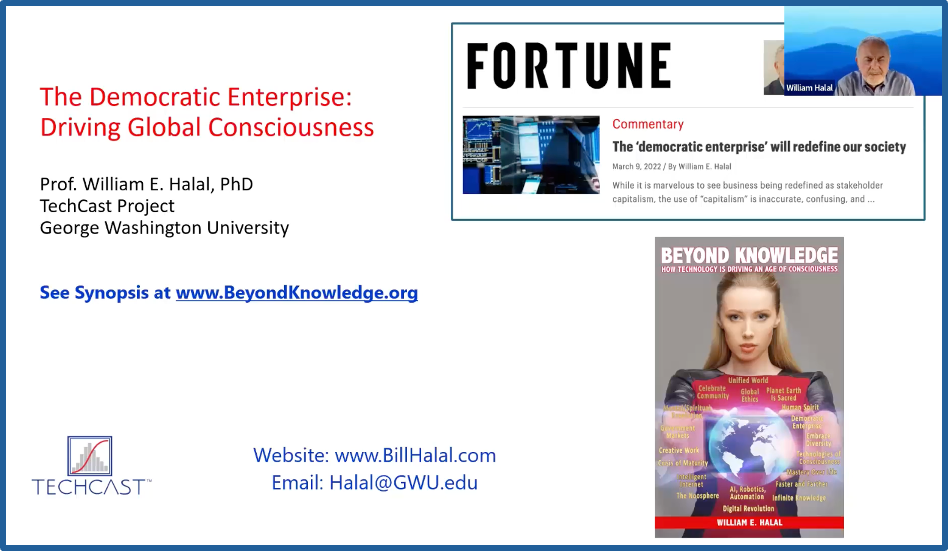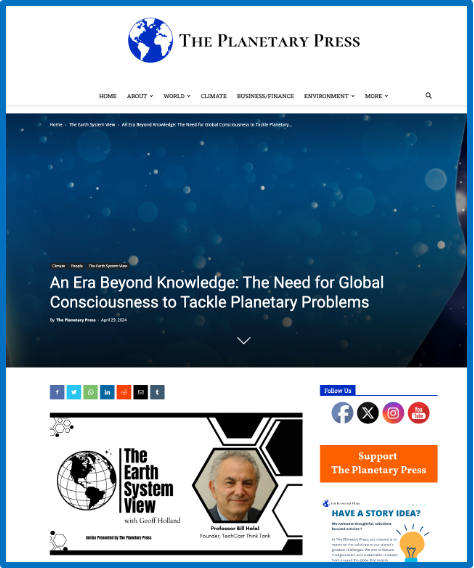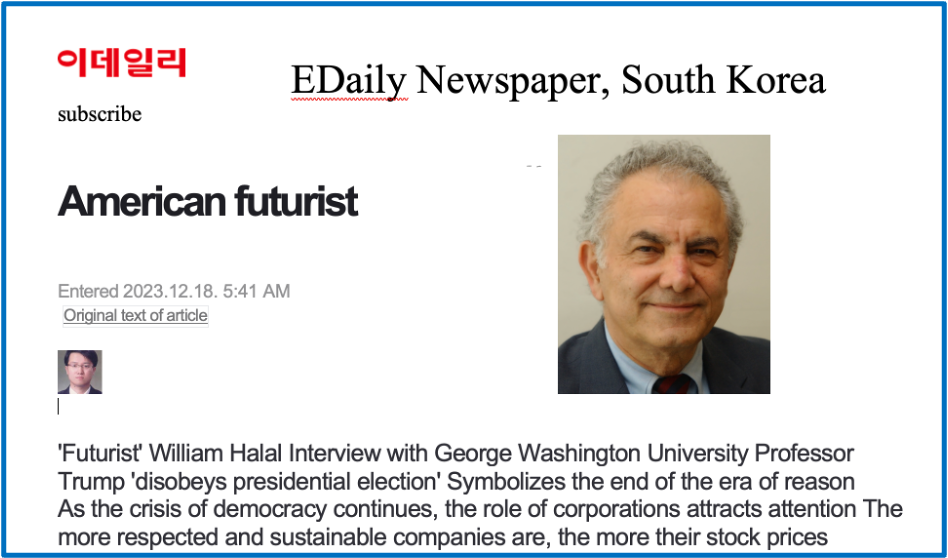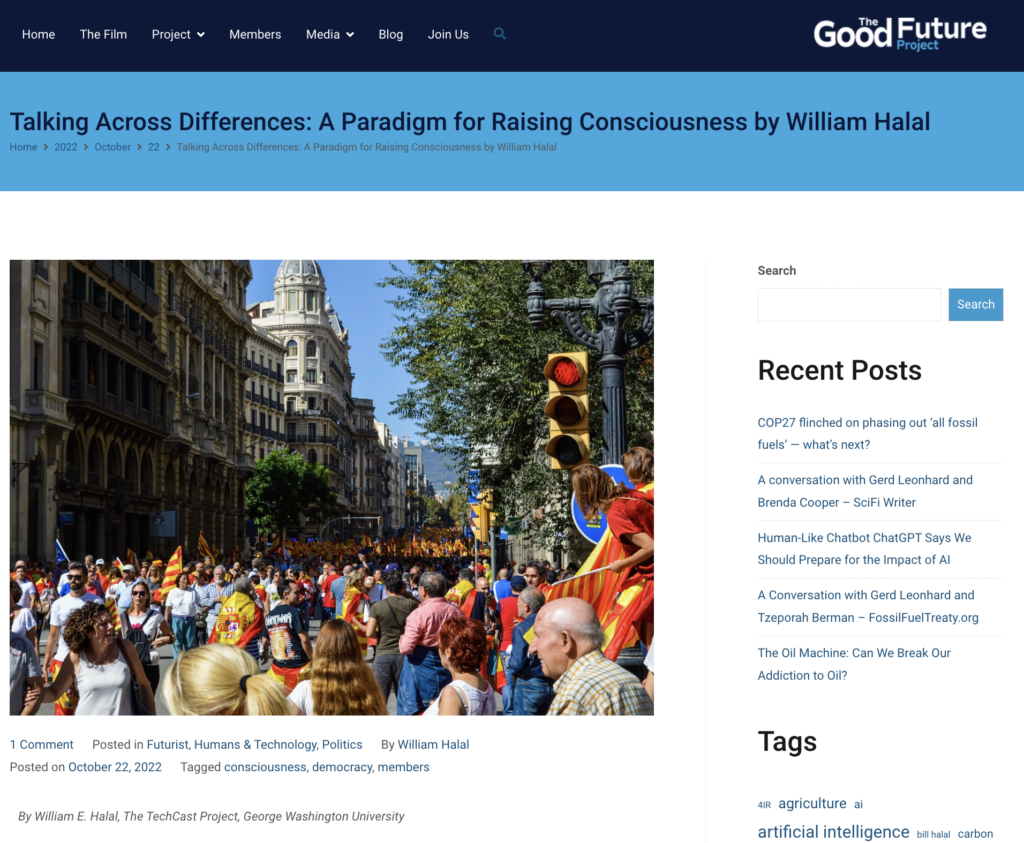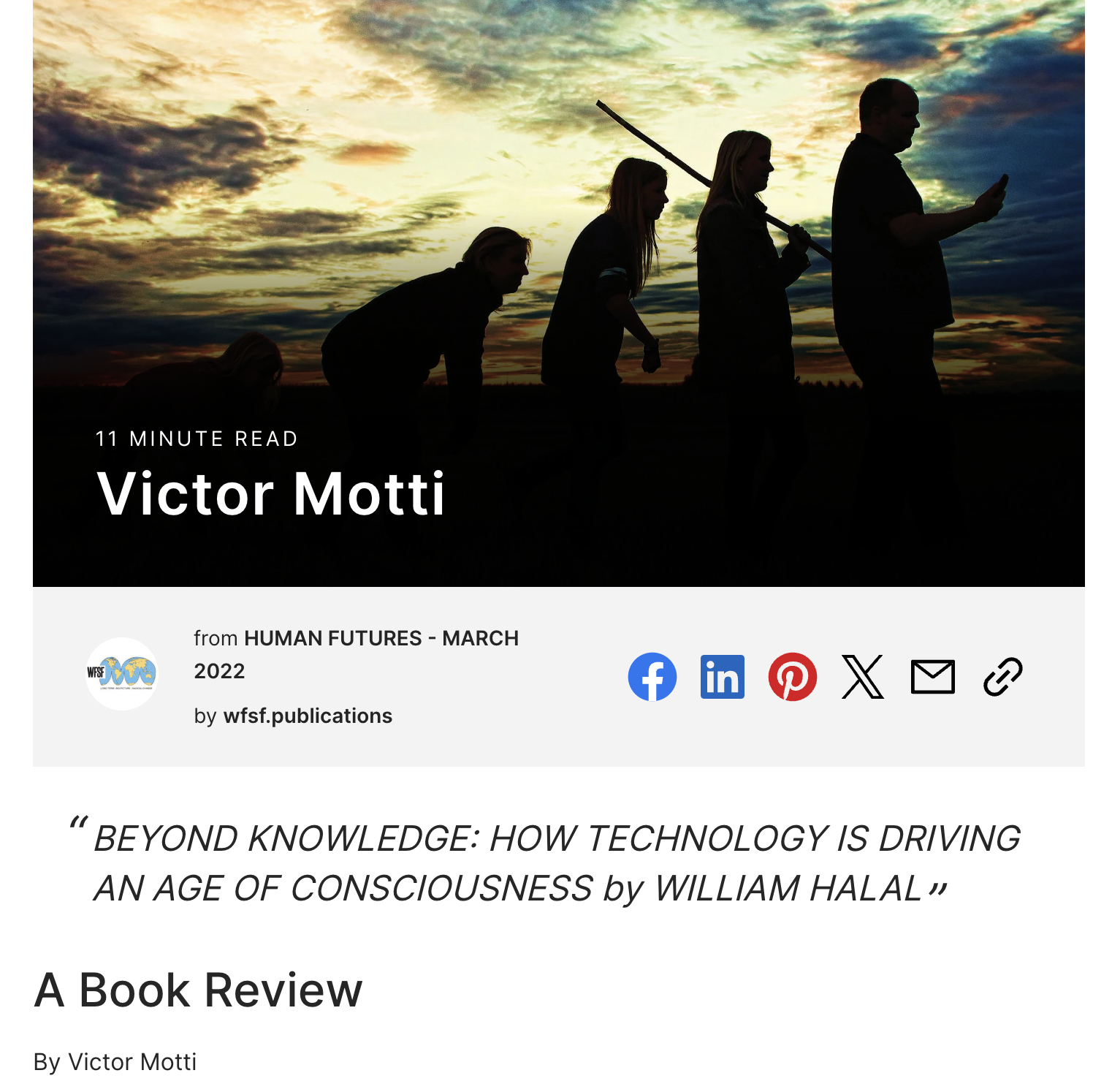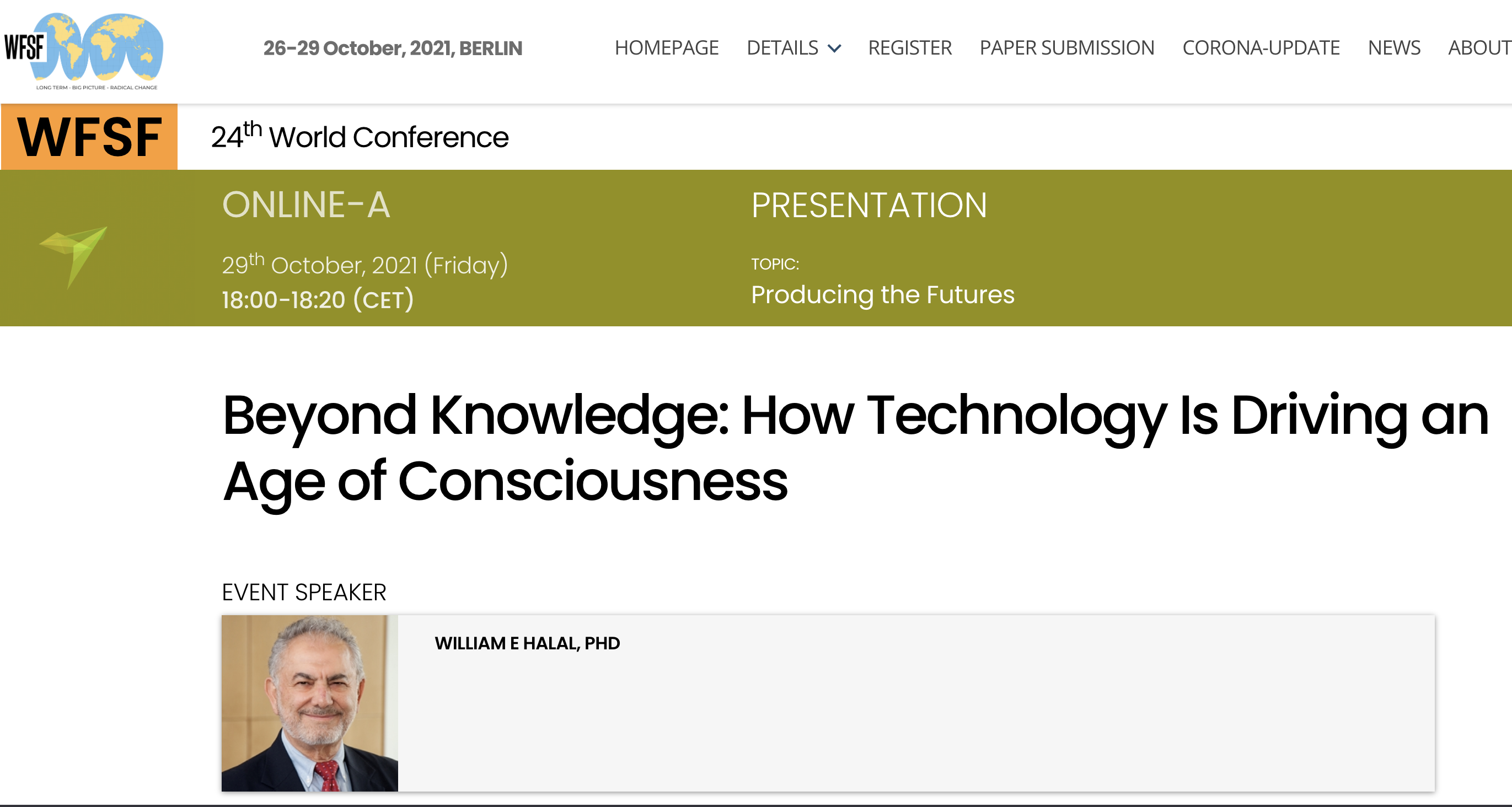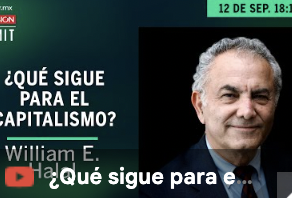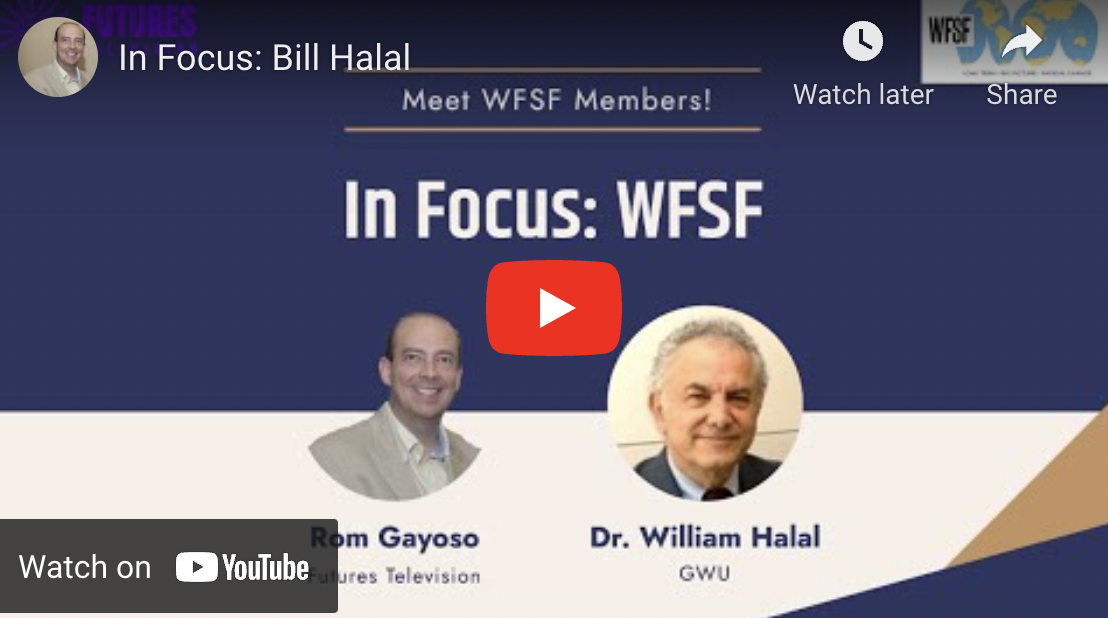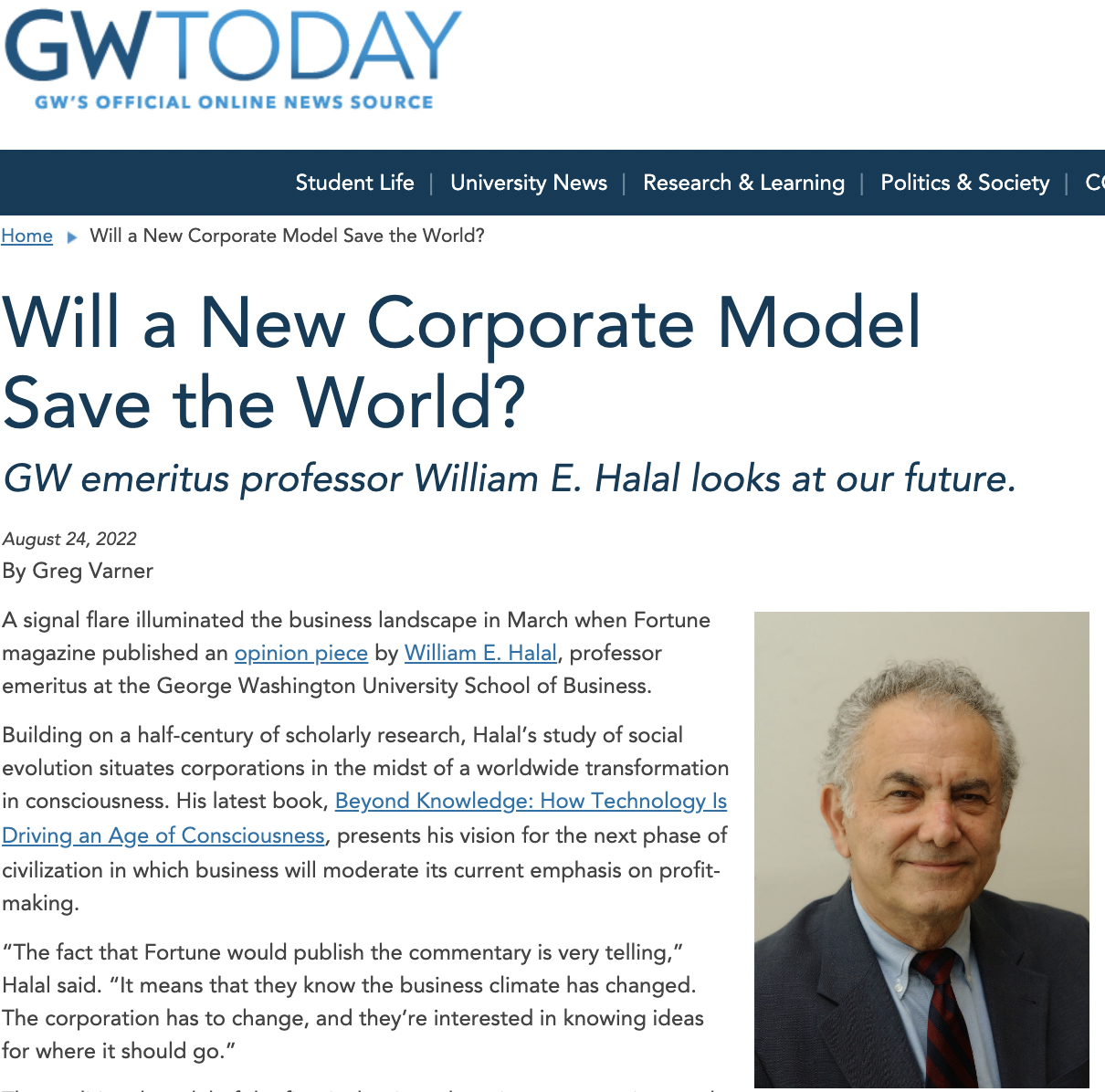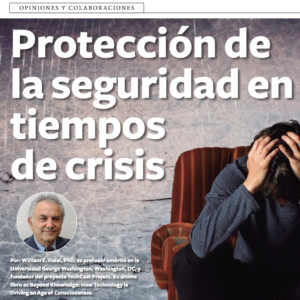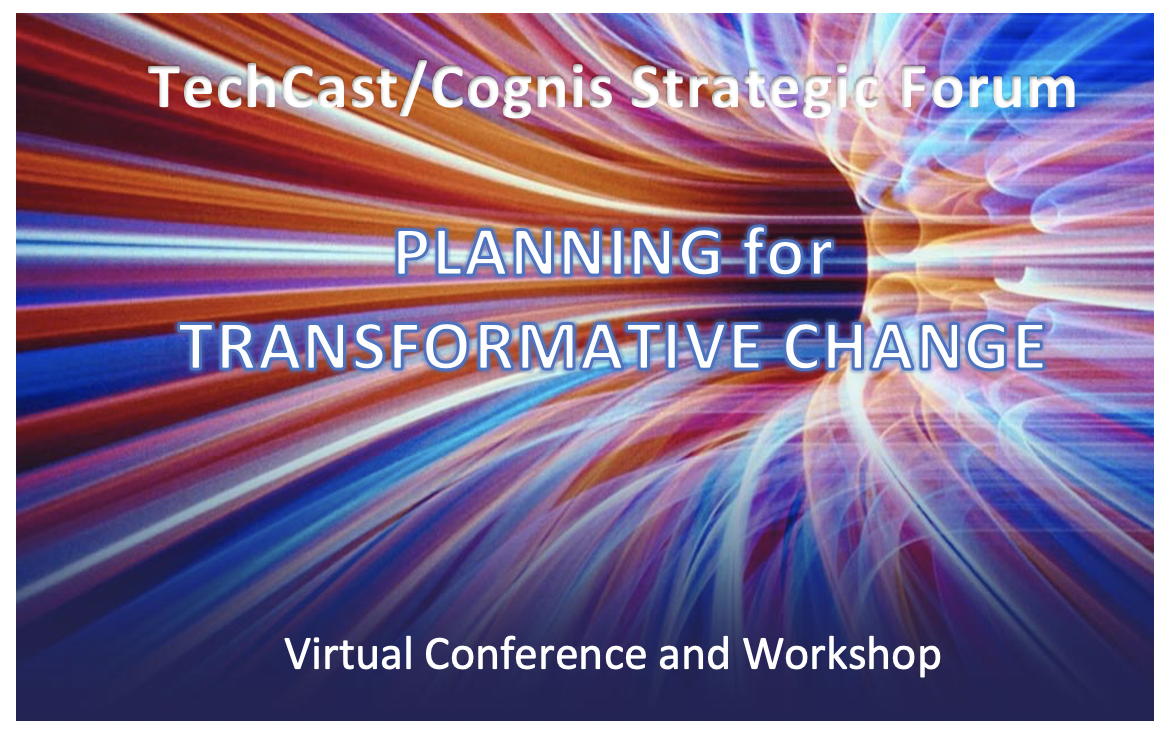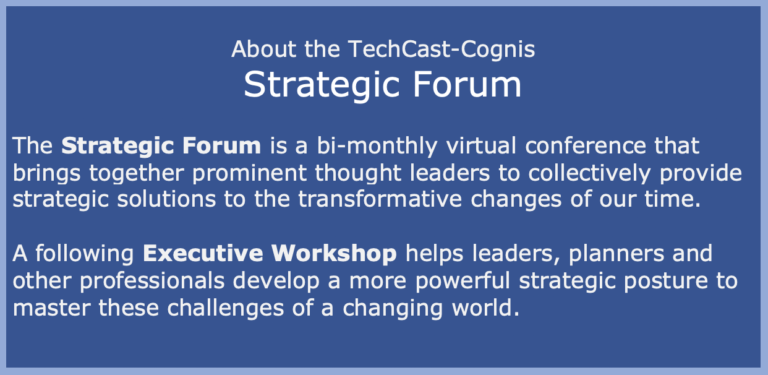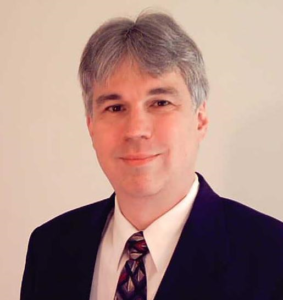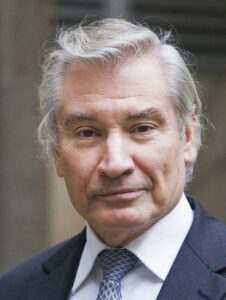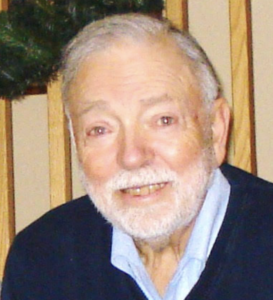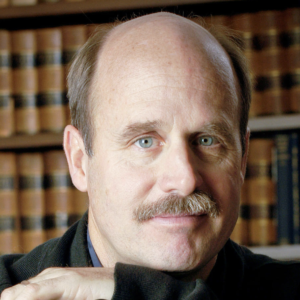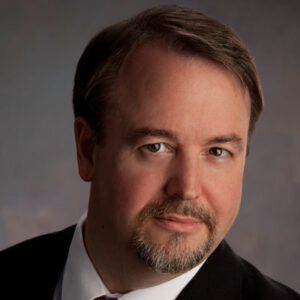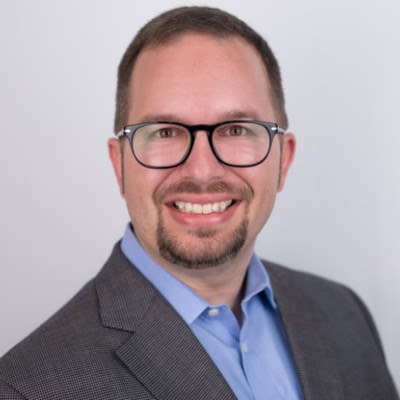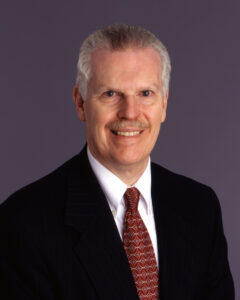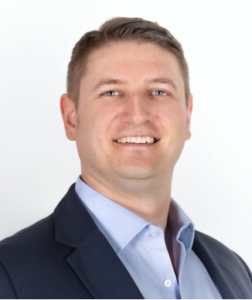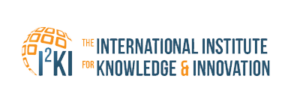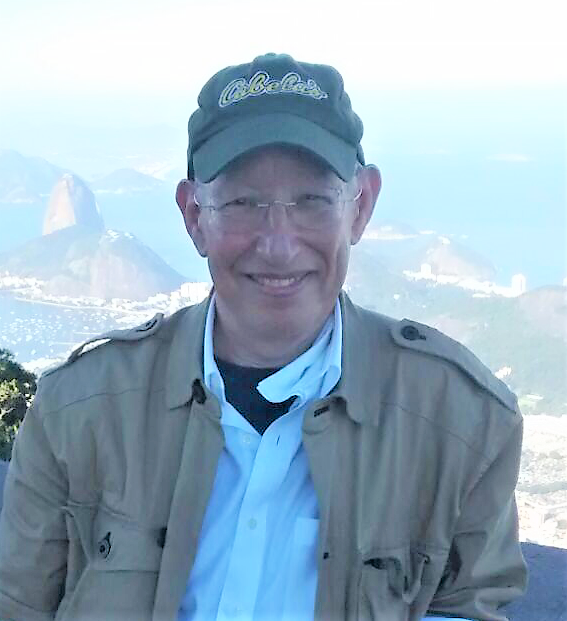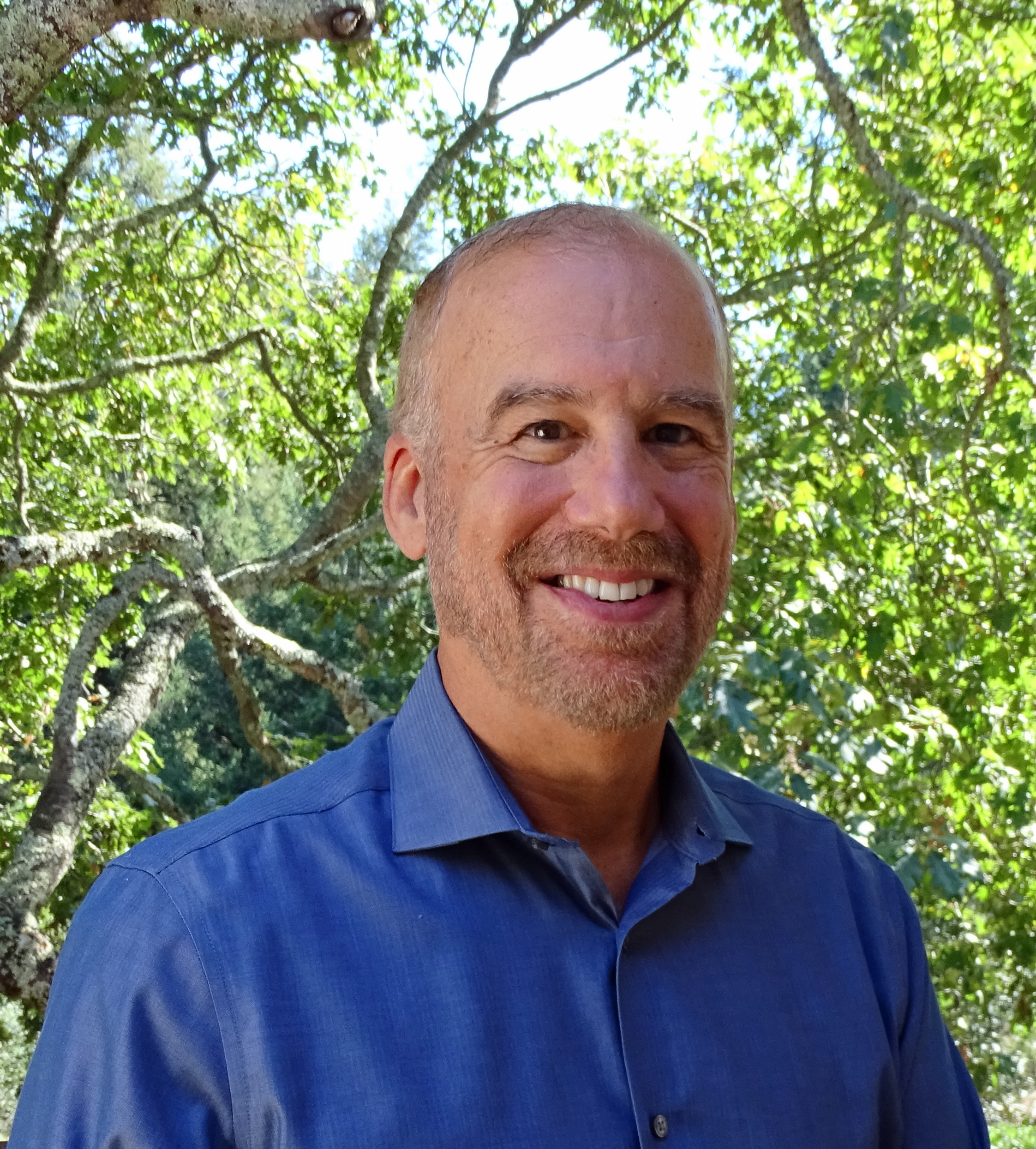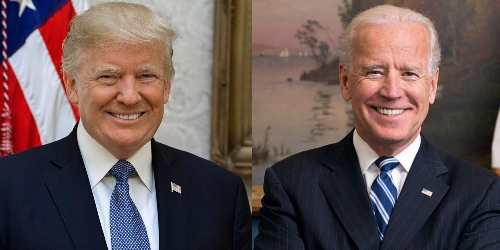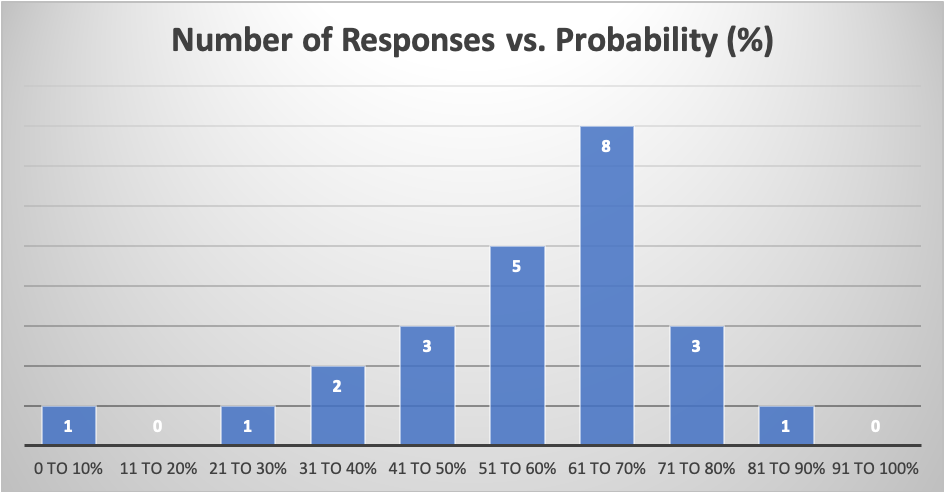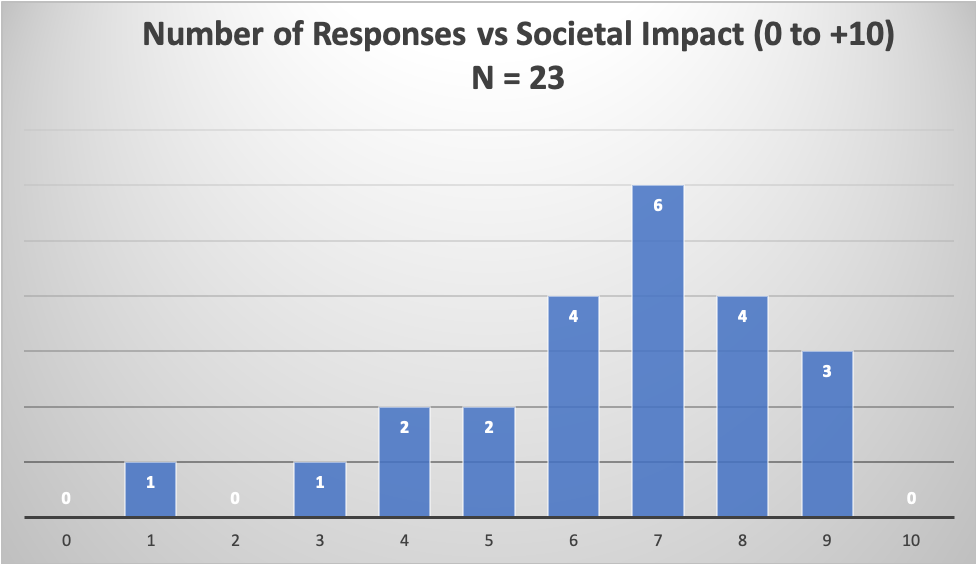Summary
Life extension is defined as prolonging human life beyond the normal limits of roughly 120 years. There is some evidence that demonstrates this is possible. Research shows that aging can be delayed in experimental animals, sometimes manyfold. Science is increasingly able to repair damage to the body, replace damaged organs, and modify genetic makeup to extend life spans.
Sharing the blood of a young animal has been shown to rejuvenate older animals and prolong their lives. Substances like NAD (nicotinamide adenine dinucleotide) and rapamycin can improve mitochondrial function genes associated with aging.
Many authorities are confident that human life can be meaningfully extended. Ray Kurzweil forecasts that life extension treatments are likely to become available before 2030. Aubrey de Grey of the U. of Cambridge believes the first person who will live to see his 150th birthday has already been born. Some think the first person to live for 1,000 years will be born in the next two decades.
But many therapies only stretch normal aging to the 120-year limit, rather than extending life spans beyond those limits. For instance, a respected medical journal, The Lancet, projected that most babies born since 2000 in industrialized nations will live to celebrate their 100th birthday.
Some scientists doubt that life extension is possible beyond a theoretical maximum of 120 years. S. Jay Olshansky, professor of public health at the U of Illinois, once pointed out, “There are no interventions that have been documented to slow, stop, or reverse aging in humans.” Yet Olshansky later writes, “It is only a matter of time before aging science acquires the same level of prestige and confidence that medicine and public health now enjoy, and when that time comes, a new era in human health will emerge. …the 21st century will bear witness to one of the most important new developments in the history of medicine.”
While the number of centenarians has increased dramatically, the number of supercentenarians (people living 110 years) has failed to keep pace. The number of centenarians worldwide is about 450,000, yet there are only 300 to 450 supercentenarians. Ned David, president of Unity Biotechnologies, says his company does not expect people to be living to 150 years and has chosen to focus on improving the “healthspan” rather than increasing lifespan. The concept of “healthspan” arose largely in response to priorities at NIH, which does not consider aging to be a disease. Research to extend lifespan does not get funded. Research to extend healthspan does.
Others contend that many apparent breakthroughs from animal research (resveratrol, antioxidants, etc.), like their counterparts in cancer treatment, have proved ineffective in humans. In mid-2021, there is little if any sign of actually extending normal human life spans.
The challenges and consequences of increased life spans could be enormous. If serious life extension does prove feasible, there remains the fear that longer lives will simply prolong poor health and feeble minds rather than adding capable years. Political scientist Francis Fukuyama warns that society may soon “resemble a giant nursing home.”
Jose Cordeiro’s new book, The Death of Death, has been published in several languages and is very optimistic about life extension. Cordeiro notes:
“A group of scientists under the direction of Spanish biologist María Blasco, director of CNIO (the Spanish National Cancer Research Centre) in Madrid, has created the so-called Triple mice, which live approximately 40% longer.[i] With totally different technologies, other scientists such as the Spanish Juan Carlos Izpisúa, an expert researcher at the Salk Institute for Biological Studies in La Jolla, California, have also been able to rejuvenate mice by 40%.[ii]”
“In 1993, Kenyon and colleagues found that mutations in the gene daf-2 increase the longevity of C. Elegans hermaphrodites by more than two-fold compared to wild type nematodes.”
Earlier studies by TechCast estimated that useful medicines and other anti-aging treatments are likely to enter markets about 2028 +/- 4 years. This would lead to a commercial market of roughly US$600 billion at saturation about 2040. The experts were 58% confident in this forecast.
The results below are less optimistic but equally compelling. Our sample of 22 experts estimates a 73 percent probability that life extension technologies will become commercially available in about 2043 +/- 10 years. We also estimate that the average life span will crease to about 200 years for most common applications when the technology matures. The data also suggests an “elite” could possibly increase life spans to 500 years or more using advanced applications.
Note that this new forecast expects arrival later than the earlier study — confirming once again the tendency toward optimism that is common in forecasting.
Expert Survey Results
Results from our experts are shown below for three research questions:
What is the probability that treatments for extending human life beyond 120 years are demonstrated within the following few decades? (Please specify probability from 0% to 100%. Or specify “Much Later/Never”)
If this is likely, when do you think life extension will be demonstrated to be feasible and available commercially? That is, when the adoption level first exceeds zero: >0. (Specify the most likely year. For instance, 2045.)
Please estimate the average human life span when life extension technology matures. Think of this as reaching the “limits” of life extension. (Specify average future human life span in years. For instance, 250 years? 400 years? 600 years?)
TechCast is grateful for the following experts who contributed to this study:
Clayton Dean, Andrew Micone, Peter King, Pierpaolo Dotoli, Margherita Abe, Owen Davies, John Frieslaar, Chris Garlick, Jonathan Kolber, Jose Cordeiro, John Meagher, Altan Koraltan, John Freedman, Mke Ryan, Art Shostak, John Coale, Wendell Wallach, John-Clark Levin, Jaques Malan, Ian Browde, Craig Boice, Dennis Bushnell.
Probability of Life Extension Demonstrated
The distribution of responses shows a striking convergence at the upper range of the probability scale, with an average of 73 percent. While there is no assurance the experts will prove to be correct, the sample size is more than adequate, there is a fairly tight convergence around 73 percent, and the comments are persuasive. We conclude there is a strong probability that life extension will be shown to be feasible in the coming decades. A more precise estimate for the date of this arrival is examined in the next section.

Most Likely Year of Arrival
The distribution of responses converges around the average year of 2043 when life extension is estimated to enter commercial use. The standard deviation from this mean is +/- 10 years, reflecting the wide range of uncertainty in the survey data and comments.

Maximum Life Span Expected
Finally, the bar chart below shows a bi-modal distribution of responses at the two ends of the scale. While one could dismiss the high estimates as unrealistic, we think a more careful analysis suggests two different modes of life extension may be likely. The low end of estimates averages about 192 years, and this could be the ordinary range of life extension for most individuals as the more common forms of technology mature. This consensus is also seen in the comments.
The high end of estimates suggests what is possible for those with the means to undergo more heroic forms of life extension that enable them to reach 500 years of age or longer. The comments make a strong case for a scenario in which a small segment of society is able to afford the sophisticated treatments shown in the research trends below — replacement of body parts, bioengineering the body to eliminate aging cells, replacing blood, and other more advanced technologies.

Expert Comments
Clayton Dean
I think this is the wrong question or a bit of a red herring. Life, specifically cellular life, is not what is going to be extended. Life is fragile and prone to breaking, aging, and deterioration. Cells age, slow, perform ever less efficiently. Our current human biology is akin to trying to keep an aging car on the road. It becomes ever more prohibitive and needful of maintenance. Instead, the breakthrough will be in ‘consciousness porting’ which essentially means taking the mind and moving it to a new body (or equivalent) which, in turn, equates to age without limits. The body will just become a transitory vessel: temporary and easily shed. Rather the mind with all of its experiences, instincts, and accumulated knowledge will be the critical thing. Just as you can’t have interstellar space travel without a fundamental paradigm shift in engine technology, you can’t get too far above 100? 150? 250? years without a similar paradigm shift regarding our biology.
Read no further than the first 35 pages of John Scalzi’s ‘Old Man’s War’ (amongst many options, books, and TV shows) where humans, at age 75, are given the option of aging (and dying) on Earth OR joining the ‘Space Army’ with an amazing new body AND your brain with all of your loves, likes, experiences, and knowledge downloaded into an 18-year super body — but most critically: a promise of another 100 years in a customized and equally youthful body at the end of the service period. It will be as easy as downloading a movie onto your iPod.
I don’t believe that biology can be extended beyond a certain point. Sure, like silicon in CPUs our biology can be stretched to last longer. And some innovations will continue to extend its shelf life: vitamins, a cure for cancer, etc… And certainly, some ‘cyborg’ hybridization would further that linear progression. However, the only way we get over 200 – 250 years is a paradigm shift away from biology, either in a synthetic hybrid or by uploading ourselves into empty shells.
Owen Davies
This presumes that research can get funding and that governments do not panic at the thought of radical change and act to inhibit research. Billionaires who would prefer to continue enjoying their wealth make funding essentially inevitable. Government interference? When politicians take the possibility of life extension seriously, I would not put it past them.
However, to take an obvious example, how long would Putin and his cronies like to rule Russia? Oligarchical societies are likely to pursue aging research for the benefit of the rich and powerful, believing they can keep the results to themselves. In this, they will be wrong.
Note that this also somewhat assumes I am right in believing therapies that will keep us alive and vigorous, both physically and mentally, will be available within fifteen years. The first may already be in use, requiring only time to confirm their efficacy. This is not an absolute prerequisite to my 95-percent estimate, but I find it personally desirable.
Five to ten years before researchers announce the first true life-extension therapies, people will be treating themselves individually, with or without formal medical supervision, with therapies that seem effective in animals, as people now are treating themselves with senolytics, GDF11, and Klotho. Some of them will pick the right ones.
Getting from a few individuals to even 5 percent of the population could take a lot longer. Of course, if “big pharma” can make a buck out of these treatments, widespread adoption becomes quick and inevitable (albeit politically controversial.) The justification will be the need to avoid the growing costs of age-associated disease. A preventive or treatment for Alzheimer’s reduces the cost of one disease. A preventive or treatment for aging deals with them all.
Note that I have no reason to believe any of the therapies now available will extend our ultimate lifespan. However, they and other possibilities now in development are likely to keep us alive and well much closer to the 120-year limit. Thus, when true life extension arrives, those of us who would be significantly less than 120 in 2050 have a good chance of still being around when the ultimate breakthrough becomes available. At that point, death becomes no more than an option for the bored or hopeless.
Average lifespan with true life-extension therapies. I don’t see how we can begin to guess based on the data currently available. Average life extension with the first therapies could be anything from a few years to infinity. We won’t have any basis for a forecast until we know how they work in animals, and animal studies are poor proxies for human experience in this field.
However, each advance in anti-aging therapy will improve our chances of being around for the next one. If the first such treatments keep us going to, say, age 200 on average, it gives us most of a century in which science can develop the next breakthrough therapy. And so on in like manner.
There could be some ultimate age at which the limiting factors to further extension become so many and complicated that we have no practical way to get past them. But any such suggestion today is baseless pessimism. It has no predictive value.
Jonathan Kolber
If it’s not through drugs/supplementation, it will be through genetic engineering (e.g. CRISPR). If neither of those, nanotech will suffice before the turn of the century. The most likely year is 2030. By then, George Church’s experiments on age reversal in mammals will have limited human results. This technology will then be offered in medical tourism countries not under FDA control.
We will become immortal, save for accidents and voluntary exits. As Aubrey DeGrey puts it, all that is necessary for functional immortality is to extend healthy lifespan one day for each day lived. Given that the body and brain are, at core, physiological systems with significant redundancy of subsystems, if lifespan can be extended beyond presently known limits with full rejuvenation to mid-20s equivalent physiology, then there is no effective limit. (We will explore what kind of society could emerge from this in our forthcoming SF TV series.)
Jose Cordeiro
The first senolytics treatments are already starting. Life extension has already been demonstrated in many model organisms, from worms to mice, and human clinical trials are starting for the first human treatments, like metformin and rapamacyn. According to my friend Ray Kurzweil, we will be reaching LEV (Longevity Escape Velocity) by 2030, and rejuvenation treatments will be widely available and affordable to anyone who wants them by 2045.
I don´t believe that there are any limits to life extension, and people will be able to live as long as they want to, keeping in mind that accidents, homicides, and suicides will also be possible. Thus, immortality might never be achieved, since there might be fatal incidents in the future, but immortality is certainly in sight. Again, those who make it to 2030, will be able to live long enough to live forever, as my friend Ray Kurzweil has pointed out many times.
In biological terms, the proof that biological immortality is possible is that it already exists. Germ cells are considered “biologically immortal” (this means that they can live indefinitely since they don´t age biologically), and the same can be said about cancer cells, which discovered how to stop aging and become biologically immortal. Some small organisms are also considered to be biologically immortal, as well as bacteria that divide symmetrically, which were the first life forms in the planet.
John Meagher
The practical research presented in the study for life extension (LE) is extensive and credible. A key comment mentioned is “healthspan” or quality of life extension as a requirement to extending life and not prolonging disability and suffering. This is vital for life extension technology to be truly value-added. Combatting dementia/Alzheimer’s is one example mentioned. Replacement body parts including sense organs and brain/neurological tissues are mentioned as possibilities and this will be necessary for sustained extended quality of life.
If FDA approved and accepted by the scientific/medical community life extension treatments are highly likely to become an accepted standard of care or desired, similar to vitamins and nutrition, and will be adopted above 0% very quickly if available and affordable. This is a fast-moving area with high interest and speaks to a human fundamental desire. When technically available LE will be used. A reasonable expectation is human trials in the near term (2021-2030) and depending on the milestones for effectiveness required with successful results tabulated possible LE technology could be available in the 2030 time frame.
Biological life is a chemical reaction subject to entropy even with energy and chemical input and it will not be 100% reconstituted/maintained, far too complex. Homeostasis (life) can be extended but not indefinitely in a single biological entity. Beyond that human beings are mobile (if healthy) and subject over time to external conditions that can terminate life suddenly and irreparably (accidents, violence, natural disasters, suicides) and this may put a limit on practical average life extension when mature with some exceptional cases. Provisional data for 2020 published by CDC estimated that unintentional accidents accounted for about 200k deaths, the 4th leading cause of U.S. death right behind Covid-19, or about 6% of total 2020 deaths.
Dennis Bushnell
We have, for too long now, been extending human life at some .3 Years/year. A while ago the folks at Stanford projected, due to the various manifestations of the bio revolution, we would, in a few decades, be closing in on extending human life at 1 year per year. Death then becomes an accidental occurrence. Such would alter much the child production/ population changes situation, in ways none have yet thought through. Actually, there are 4 disparate ways to extend human life, the piece proffered considers one of them, extending humans as historical humans. The second is extending life for altered, designer humans, an ongoing activity. The third is via the impacts of the ongoing cyborgization of humans, we are now working on artificial hearing/ implants, artificial eyes, hearts, limbs, printing organs, and implanting brain chips. The effects of such activities on life span are liable to be major. The 4th approach, farther term, and revolutionary, is to slough off the wet electrochemistry that wears out and do brain uploads…with very long life spans. In actuality, we are studying the 4th seriously now and actively engaged in the other three. There are many events/ happenings/ occurrences like pandemics, many other existential issues, possibilities that could seriously reduce life span. The ongoing many tech revolutions are attempting to anticipate, mitigate such occurrences. Much of the current thought on all this, which is really “whither the humans”, especially in the context of the development, via AI, of a second, non-electrochemistry, intelligent species, is relatively near term. With all that is underway, someone needs to seriously consider “where is it all going?, what is the next act for humans going forward. Currently, it is all of the above, all are in progress.
Art Shostak
By 2053 it is very likely to be feasible and available commercially, though at the outset only to the Top 2%. The masses are unlikely to gain employment before 2060 at the earliest unless there is a major reset in economic privilege in favor of reduced inequality.
As there is no necessary limit to AI, quantum, and cyber gains forward there is no “limit” in life extension, though LIFE itself is likely to be redefined as we merge our biology with the strengths of machines and machine-aided “intelligence.” Our future is most likely an existence in a new hard-to-imagine hybrid form after 2075 or thereabouts. Our Great/Great/Great Grandchildren will wonder how we ever managed in our disadvantaged 2021 severe “handicap” format – and, pity us.
Wendell Wallach
While I suspect that we will get moderate life extension for a percentage of the population over the next 20-100 years, my main concern is that there is little or no evidence that we can maintain the vital mental life of individuals. I am fearful that the world will become a warehouse with aging bodies whose mental faculties have deteriorated. Unfortunately, we already have this in nursing facilities around the country and the world. That places great hardship on relatives and becomes another societal cost, that I believe is ethically unacceptable, though it will be ignored by those anxious to pursue life extension for themselves.
The main caveat is that it’s unclear how long a gap there will be between getting technologies that can effectively arrest aging and those that can reverse it. But reversing aging appears to be significantly harder than preventing it (due to something of a stock/flow problem—reversing decades of accumulated damage requires much greater control over biology than just reducing the daily rate of new damage to around zero). Thus, there will probably be at least a 30-year gap between achieving these technologies and large numbers of people living past 120.
If this is likely, when do you think life extension will be demonstrated to be feasible and available commercially? That is when the adoption level first exceeds zero: >0. (Specify the most likely year. For instance, 2045.)
John-Clark Levin
For the reasons given above, I don’t think there will be a clear answer here. There won’t be a singular moment when people know they are taking a treatment that gives them dramatic life extension—they’ll have hopes of this, but there will be much debate and it won’t be provable until people actually start living through 120 successfully. My view of the most likely scenario is: during the 2030s, AI-assisted biology simulation allows rapid acceleration of drug discovery and gene editing. At some point in that decade (2038, if I’m pressed for a year), affluent and forward-thinking people below roughly 80 or 90 start to use technologies that will be shown to give this cohort around a year of life expectancy for each chronological year that elapses. This will become evident as their annual mortality rate increases decelerate and then mortality stabilizes. That will be the first widely-acknowledged sign that aging is on the road to cure (think Time magazine covers frequently blaring “Has this group of Silicon Valley visionaries defeated aging?”). But there will also be doubters insisting that the things that kill people in their 90s (e.g. heart disease, cancer, and Alzheimer’s) are fundamentally easier to solve than those that uniquely kill supercentenarians (e.g. kidney tissues that just break down and stop working). This is probably true, but solving the 90s killers will buy humanity another couple of decades to cure aging at a deeper cellular and histological level. By this point, that endeavor will likely be assisted by superintelligent AI and nanotechnology, so I am optimistic about its long-term success. Taking all this together, I don’t expect we’ll be able to consider aging cured until the 2060s at the earliest. At the same time, I would be greatly surprised if (barring existential calamities derailing scientific progress in the meantime) it took until the end of the century.
I don’t think there would be a natural ceiling on life extension. Once we achieve cellular-level control over human biology, people could live for arbitrarily long periods without dying of natural causes. At that point, people would mostly die of accidents and violence. Aubrey de Grey and others have calculated that this would suggest an average lifespan of around 5,000 years (i.e. how long a person without biological aging would be expected to survive if current mortality rates from accidents and violence stay constant). But this is such a discontinuity from previous human history we can’t really judge how long those conditions would be likely to hold. Counterintuitively, curing aging would also greatly increase each individual person’s risk of dying from an existential catastrophe (either directly, or from disruption to medical technology caused by such an event). The problem is that these events are high-impact, low-frequency occurrences, so we can’t predict how long a biologically immortal person would live before dying in a nuclear war with anywhere near the statistical rigor with which we could predict how long someone would live before contracting and dying of Alzheimer’s.
Jacques Malan
I have no doubt this will be accessible to the rich within this decade (before 2030) but I think it will be a step-change progression. 120 for everyone will be easy. 200 more difficult.
This is a tricky question. There are several issues to consider. (1) For humanity to continue as meatbags, I think a limit of 200 is “adequate”; AND (2) If we manage somehow to hit the holy grail of transferring our consciousness to computers (with several back-ups of course) this can be several thousand years; BUT (3) And this is the rub, would our MINDS (whether organic or silicon) survive the “God-like Power” of living forever (or even 200 years)? Personally, I think humanity will go insane and destroy itself if we stretch it beyond 200 years by any means.
Craig Boice
Much of the thinking on this topic ignores the fact that the biological determinants of the length of life are multidimensional and interactive, e.g., multiple systems and organs (e.g., the brain) must function together for life to persist, Many of these systems and organs — indeed, many types of vital cells — appear to have internally-programmed lifetimes. We simply don’t understand enough, and it will take decades to appreciate what needs to be done, let alone to do it.
Furthermore, the serious attempt we are making as a species to degrade our DNA and our environment at the same time could argue that lifetimes will erode well before they are extended. In that event, research will focus on reproduction and survival rather than extension.
In the meantime, on an economic basis, it will prove much more profitable to make each of our 80-100 years better, avoiding premature and unexpected disabilities and death. The impacts and implications noted, and others will simply prove too daunting compared to the relatively simpler task of addressing specific ailments.
Finally, I would note that we now understand how a variety of factors we can now manage (i.e., diet, exercise, sleep, environmental management, spiritual nourishment) can extend life. Yet few people manage them. Human interest in life extension seems largely restricted to those moments when we are anticipating our imminent death.
It’s a trick question if seen in the right perspective. I believe the human life span might be extended dramatically by adjusting the nature of sleep, and human metabolism. Hibernation and its variants have a strong basis in the rhythm of life. 100 years or more from now, some may be in a position to choose when to sleep, and when to wake up. Some may be forced to endure hibernation to accommodate the requirements of interstellar travel, to await scientific progress, or even as an economical variant of prison. Some may feel unappreciated in their day or may decide to opt for a later decade as a kind of lottery.
Life span extension is likely to be the province of governments for many decades before it would be available commercially. If, by that point, the concept of commercial availability still has any meaning.
Thus we may be able to extend life span well before we can extend the term of conscious, active life. The clock will still be ticking, but we’ll turn it off from time to time.
Research and Treatments on Aging
Genetic defects that cause aging are being resolved and drugs have been found that could delay the process. For example, the common diabetes-Type 2 drug metformin has shown experimental promise in slowing processes related to aging. Below are some recent developments:
Why People Live Past 110 Researchers are beginning to decipher the genomes of supercentenarians (those aged 110 and older) for clues to longevity. The late Dr. Stephen Coles, of the UCLA Gerontology Research Group, found that a condition known as cardiac amyloidosis ends the lives of supercentenarians. He and his colleagues identified drugs that might extend lifespan by preventing or curing that malady.
Personalized, Predictive, and Preventive Medicine Peter Diamandis, MD and Felicia Hsu, MD, propose applying today’s powerful technologies to vastly imrove health care, thereby increasing longevity. Here’s a summary of their vision:
“We envision a world in which devices that monitor our daily behaviors will be able to detect micro-changes and be able to alert us when we’re starting to develop pneumonia, stressing our heart too much, or starting to develop early-onset Alzheimer’s. Medicine is moving away from the annual physical exam and blood work. It’s going to rely on constant monitoring to detect changes that are happening in our bodies every second.
We are in the midst of a data-driven healthcare revolution: an era of abundance during which we’ll obtain a massive amount of health data. In the next few years, we’re going to see data analytics platforms that will help physicians use this mine of data.
This shift will make medicine personalized, predictive, and preventive.
Let’s put the power of exponential technologies into patients’ hands and revolutionize how we live.”
Bodily Damage Various methods are emerging to repair damaged organs, tissues and cells. A TechCast study forecasts that almost all body parts should be replaceable in years to come, including the heart, kidneys, eyes, blood, limbs and parts of the brain. Nanotechnology promises to use fleets of nanobots to clean up cell damage and other cellular flaws. Additionally, CRISPR technology increasingly allows genetic rewiring to eliminate genetic defects and chronic diseases. If this can be done thoroughly, the body can in principle be continually updated to last indefinitely.
Genomic Bioengineering
- Studying yeast cells, researchers have demonstrated that a three-to-fivefold reduction in DNA errors results in a 20 to 30 percent increase in lifespan.
- Experiments with fruit flies have shown that tampering with genes can slow aging and extend life spans. One possible target is aging stem cells, which limit normal tissue maintenance and regeneration. Gene therapy in animals prevented this aging decline.
- Harvard’s George Church thinks genomic engineering is now beginning to recode DNA germline cells to avoid disease and enhance health. He believes the 170-year-old trend in which life spans increase by three months each year will accelerate dramatically. Church has successfully trialed age reversal in mammals and expects to start human trials by 2030. He recently said: [iii]
“Probably we’ll see the first dog trials in the next year or two. If that works, human trials are another two years away, and eight years before they’re done. Once you get a few going and succeeding it’s a positive feedback loop.”
- Craig Venter, the co-founder of Human Longevity, Inc., claims that DNA sequencing can predict lifespans and also suggest targets for therapeutic treatments and life extension.
- Israeli researchers have developed an algorithm that predicts which genes can be “turned off” to create the same anti-aging effect as calorie restriction. Caltech scientists have found a way to eliminate nearly all genetic damage in mitochondria, a major cause of aging.
Sharing Blood Linking the circulatory system of an old animal to that of a young one rejuvenates the aged partner and sometimes extends its lifespan. Aging mice given blood plasma from young humans regain the mental abilities of much younger mice. Scientists now starting human tests of compounds from young blood that they believe could improve health in the elderly. Two, called GDF11 and Klotho, seem promising
NAD Anti-Aging Pill Researchers from MIT are marketing nicotinamide adenine dinucleotide (NAD), which duplicates the benefits of calorie restriction diets, the most widely successful life-extension treatment yet discovered. “NAD is one of the most exciting things happening in aging,” said Nir Barzilai, director of Albert Einstein College of Medicine.
Chromosome Length Studies show that the shortening of chromosome ends (telomeres) decreases lifespan. Researchers at Salk Institute have found an on/off switch for telomerase, and mice treated to maintain telomere length improve age-related disorders.
Rapamycin “Rapamycin has been shown to extend life span in lab animals again and again and again,” says U. of Washington scientist Matt Kaeberlein. Novartis has licensed a derivative of rapamycin to PureHealth’s start-up company resTORbio. A recent article confirmed the benefits and disputed claims that the drug is harmful. (Aging, Oct 2019)
Epigenetics Is Crucial Salk Institute researchers have found epigenetic changes in experimental animals using chemicals or small molecules can rejuvenate cells and increased lifespan in humans. Assays based on epigenetic status promise to speed aging research by making it possible to evaluate therapies in weeks or months instead of decades.
Senolytic Agents Researchers have found drugs (Senolytic Agents) can eliminate old cells and dramatically slow the aging process, alleviating frailty, improving heart and blood vessels and extending lifespan. Middle-aged mice lived 35 percent longer than untreated peers and had less evidence of disease. Even mice dying of cancer lived longer than others. Phase I clinical trials have found the most-studied senolytic treatment, quercetin and dasatinib, safe for human use, though benefits will need much larger, longer tests.
Sirtuins may be ‘Fountain of Youth’ Molecules Researchers have found that a mixture of four molecules, similar to the proteins called sirtuins, reversed DNA damage and aging in mice. Researchers have identified a longevity gene (SIRT1) that can treat morbid lifestyle diseases and increase longevity.
Not all ‘Research’ Occurs in Formal Studies A growing number of amateurs, often with scientific training, are obtaining off-label prescriptions for metformin and rapamycin. Others are using senolytics and even GDF11 and Klotho, which are administered by injection in picogram doses. Many anecdotal reports suggest that all these therapies may offer clinical benefits.
Biotron Technology Jiang Kanzhen – a brilliant Russian scientist of Chinese origin – has been engaged in Biotron technology, the use of concentrated electromagnetic radiation of young organisms, such as sprouts, on old patients. Over 20 pilot experiments with old mice and old nematodes received a positive result to extend active life. Old mice did not just live 25% longer, they were very active and died “on the run.” Even at the age of more than 100 years of human standards, they looked young.
Impacts and Implications
Data from 188 countries shows that life expectancy worldwide has jumped by more than 6 years since 1990, with many people living longer even in some of the poorest countries. However, extending the healthy period of life remains a challenge.
Growth of Geriatric Disease Longer lifespan may not be accompanied by extended “healthspan,” causing geriatric diseases to grow out of control. In the US, over 5 million people already are living with Alzheimer’s disease, and as many as 16 million are projected to have the disease in 2050.
Limited Medical Costs The growing frailty of old age is confined to a brief period at the end of life. Extending the healthy period of later life could reduce costs despite the growing number of old people. One study suggests that adding just 4.4 years to life expectancy, most of it in good health, could save US$7.1 trillion in economic value by 2060.
Extended Life Might Not Be Healthy Experiments with a tiny roundworm called C. Elegans find that long-lived worms remained vigorous no longer than their short-lived brethren, then hung on in poor health. If life-extended humans followed this trend, geriatric diseases could grow out of control. However, roundworms are only one relatively primitive life form. Many studies in mammals have found that senile decay was compressed into a relatively brief period at the end of life.
[i] <http://www.encuentroseleusinos.com/work/maria-blasco-directora-del-cnio-envejecer-es-nada-natural/>
[ii] <https://elpais.com/elpais/2016/12/15/ciencia/1481817633_464624.html>
[iii] <https://endpoints.elysiumhealth.com/george-church-profile-4f3a8920cf7g-4f3a8920cf7f>T


